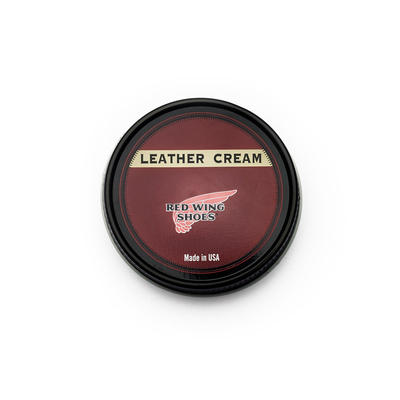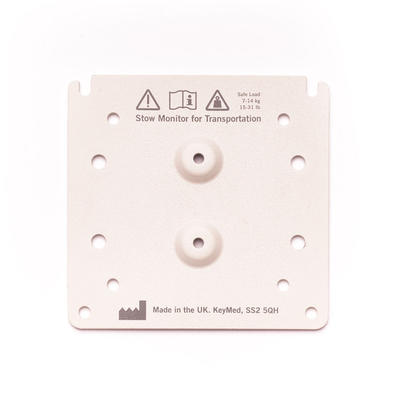Painted & Coated Surface Pad Printing
Whether challenged with a powder coated access panel, an anodized aluminum baseball bat, a plastic part with UV coating, or a painted glass perfume bottle, at Unique we have the experience to satisfy your painted and coated surface pad printing needs. For these surfaces, we work with each customer to recommend either pad printing, screen printing, industrial digital printing, hot stamping, or heat transfer decal decorating depending on the project requirements.
Painted & Coated Surface Printing at Unique
As part of the quoting process, we will ask our customers to send us parts for testing. This testing is performed to confirm that we are matching the correct pad printing ink, screen printing ink, industrial digital inkjet printing ink, hot stamp foil or heat transfer decal with the part. Also, this testing determines whether any additional pretreatment or post-treatment process is required to get the best results. Often, we are not dealing with the manufacturer of the part, so our customer may not know the part material or whether it has a part that has been painted or coated. In these cases, this testing process is vital to ensure we are using the proper process, ink, foil or heat transfer decal and if any pre- or post-treatments are required to achieve the best results – especially if the part has been painted or coated.
Armed with the knowledge gained from more than 20 years of product decorating experience, we work very closely with the leading pad printing and screen printing ink suppliers, hot stamping foil suppliers and heat transfer decal suppliers. These suppliers work hard to provide us the highest quality inks, foils and heat transfer decals for the highest image quality and adhesion to any part with painted, coated, or anodized surfaces.
Printing & Decorating Options
Printing & decorating options for painted surfaces include:
Pad Printing
Pad printing is a printing method that allows the transfer of a 2-dimensional image onto a 3-dimensional object. While just as effective for flat surfaces, this process is most often used for printing on parts that are round, have complex curvature, that are round, have a concave or convex surface, or have recessed or raised areas.
Pad printing became popular following World War II when watchmakers began printing on the curved surfaces of watch faces. This ability to print on unprintable substrates has turned the pad printing process into a well-established technology and is used today across multiple industries such as medical, cosmetics, electronics, and more.
Screen Printing
Screen printing is a printing method that allows the transfer of large opaque images onto flat (or relatively flat) and cylindrical plastic, glass, and metal objects. The origins of screen printing date back thousands of years — from early Polynesian natives who forced die through cut-out patterns in banana leaves to decorate cloth, to cave walls found in France and Spain that were decorated by way of stencils and colorant applied with blowpipes, to the Japanese creating intricate designs during the Sung Dynasty (A.D 960-1280). Today, screen printing is used to decorate rigid parts for a variety of industries.
Industrial Digital Inkjet Printing
Unique Assembly & Decorating now offers industrial digital inkjet product decorating and printing! This cutting-edge product decorating technology is a direct-to-substrate digital inkjet process that features high precision four-color process printing plus white for plastic, glass, wood and metal substrates.
This four-color process printing allows for virtually limitless color combinations on a product, and the white is bright enough to be used as a spot color or as a base to print on dark surfaces. The process eliminates labels (pressure sensitive or in-mold), films, printing plates, clichés or screens which dramatically lowers setup cost - a huge advantage over traditional printing methods. This printing method is used in a range of industries from medical manufacturers to injection molders.
Hot Stamping
Hot stamping (or foil stamping) is a dry process that uses heat and pressure to transfer reflective metallic foil and high gloss opaque colored foil to the part. It is also the process used to decorate raised areas and is also known as tipping. In this process, the pigment or metallic foil is transferred to raised letters or a raised area of a plastic part.
Because hot stamping is a dry process (unlike screen printing or pad printing), decorated parts can easily be bulk packed on-line with fewer concerns about damage to the decorated image -- this can save on packaging and handling costs. Polypropylene and polyethylene parts can typically be hot stamped without pretreatment which provides cost savings over pad printing and screen printing.
Heat Transfer Decal
Hot stamping (or foil stamping) is a dry process that uses heat and pressure to transfer reflective metallic foil and high gloss opaque colored foil to the part. It is also the process used to decorate raised areas and is also known as tipping. In this process, the pigment or metallic foil is transferred to raised letters or a raised area of a plastic part.
Because hot stamping is a dry process (unlike screen printing or pad printing), decorated parts can easily be bulk packed on-line with fewer concerns about damage to the decorated image -- this can save on packaging and handling costs. Polypropylene and polyethylene parts can typically be hot stamped without pretreatment which provides cost savings over pad printing and screen printing.
Project Gallery
Unique Assembly is able to print or decorate nearly any rigid surface – flat or cylindrical, concave or convex, raised or recessed, and painted or coated surfaces.

Have Questions?
We have the capabilities to work with companies across the US and are excited to work with you on your upcoming project!
Contact Us (Phone & Fax)
630-241-4300Find Us
Unique Assembly & Decorating, Inc.
2550 Wisconsin Ave,
Downers Grove, IL 60515




